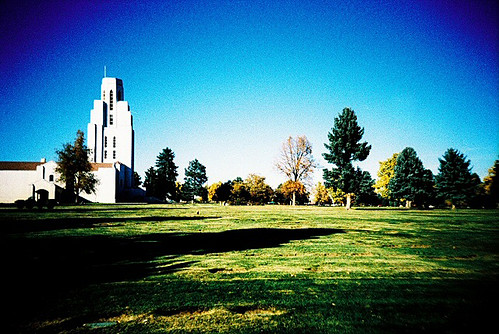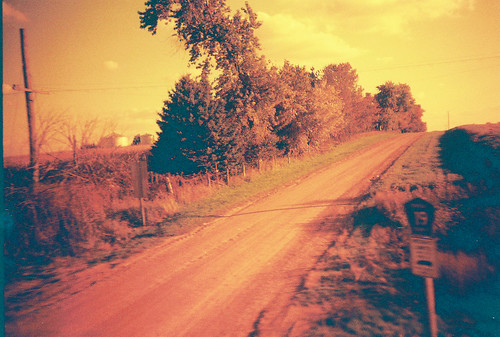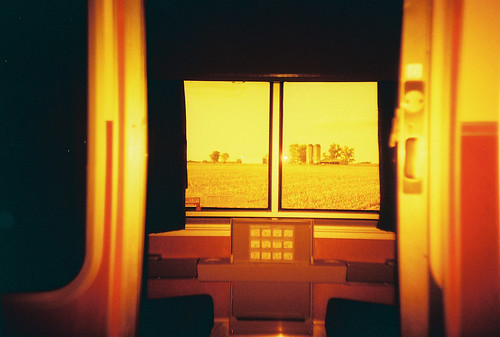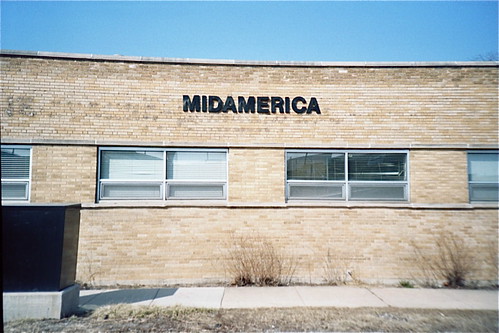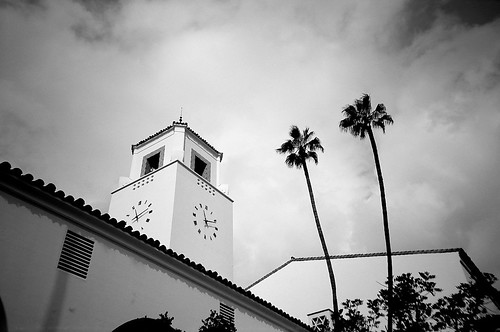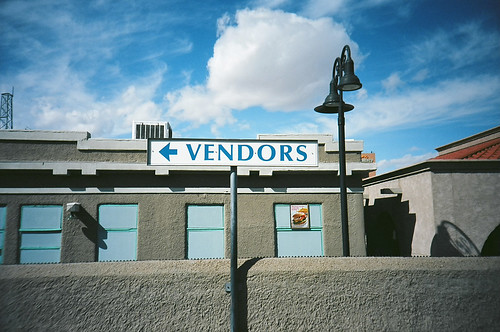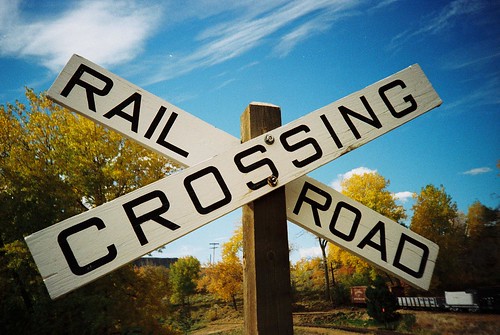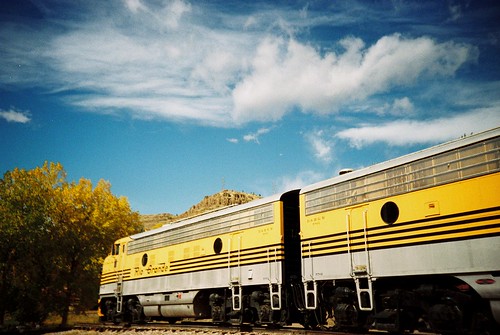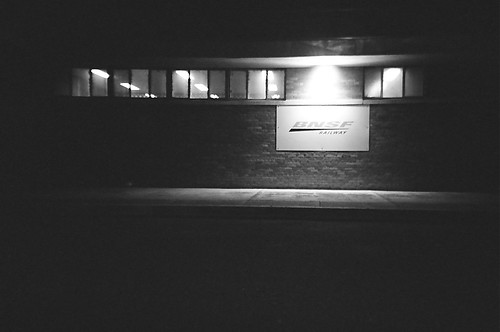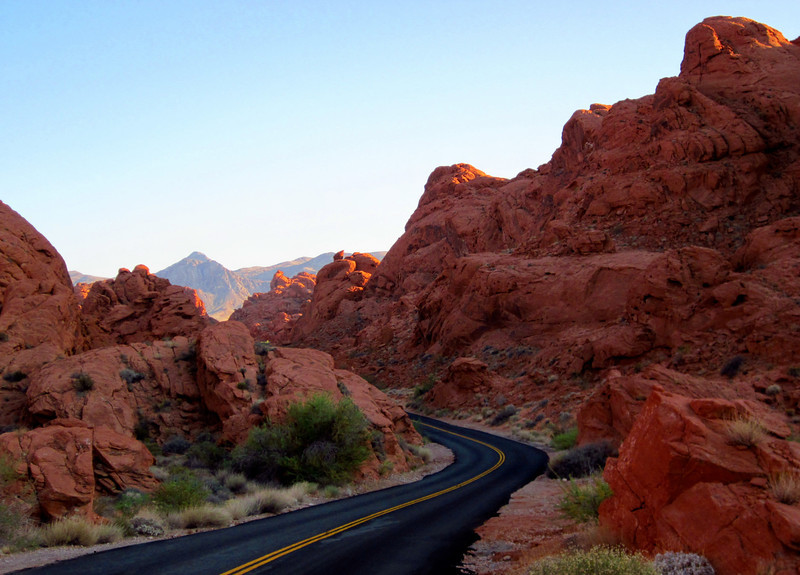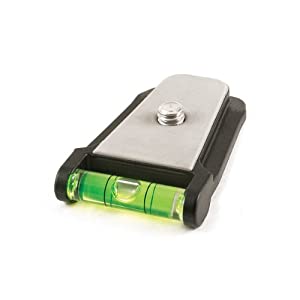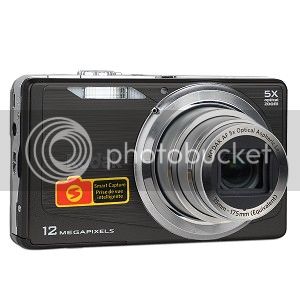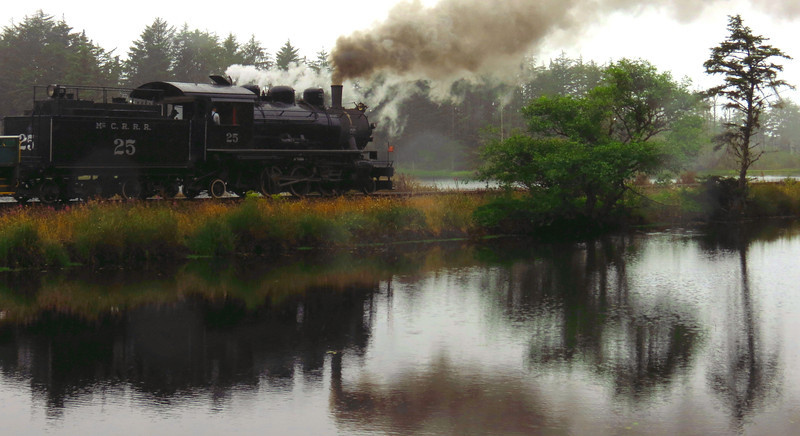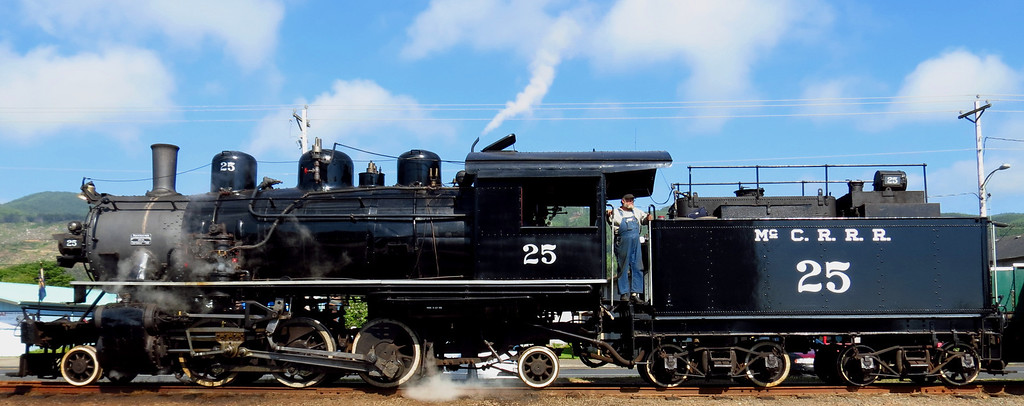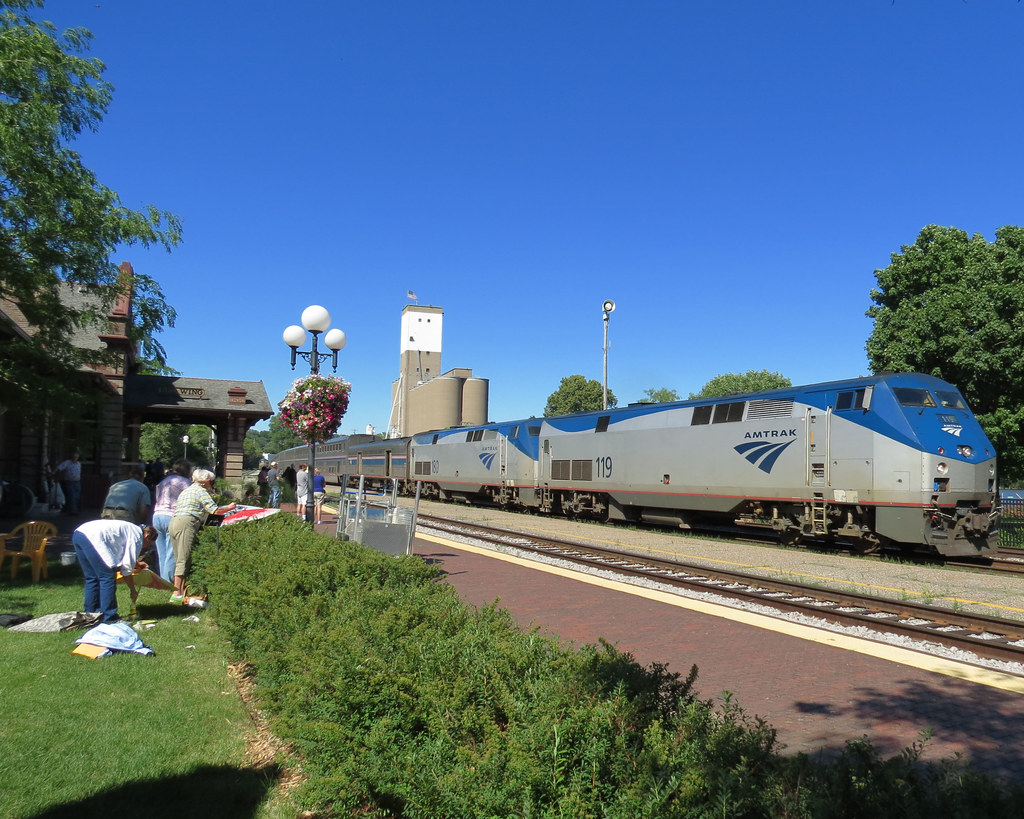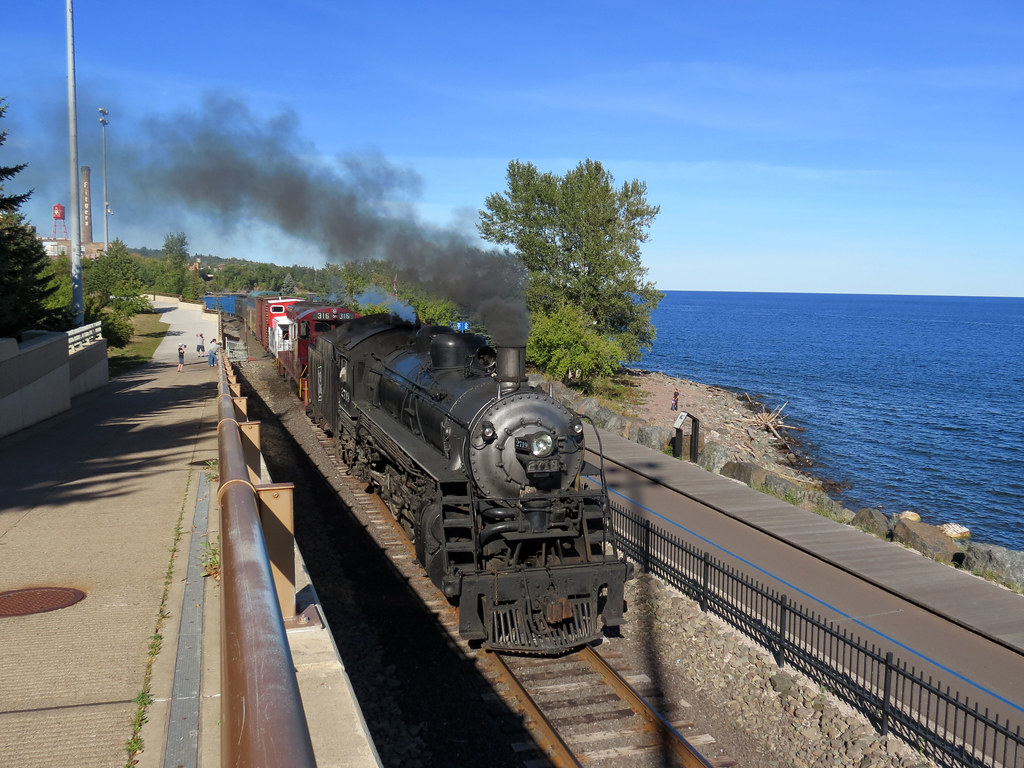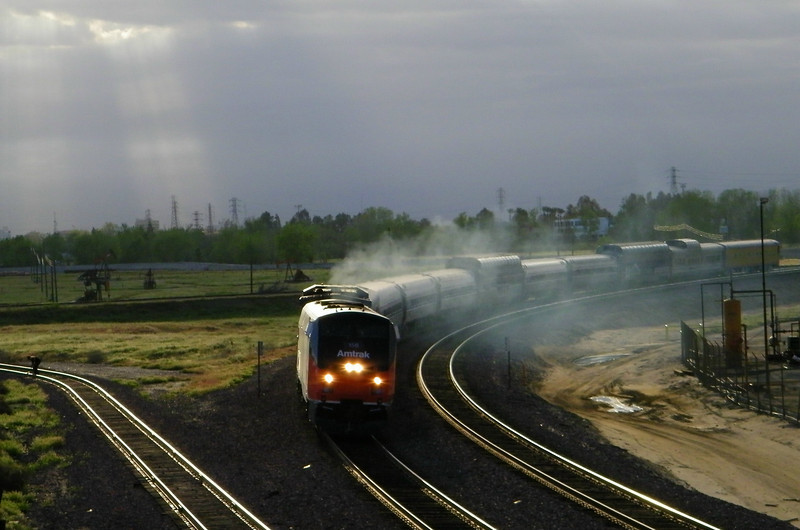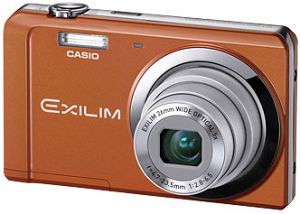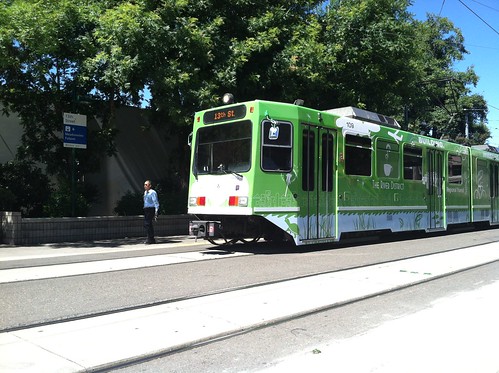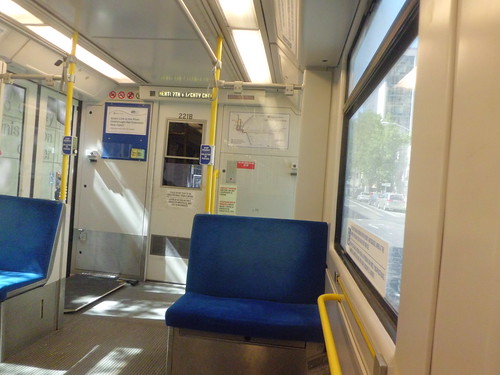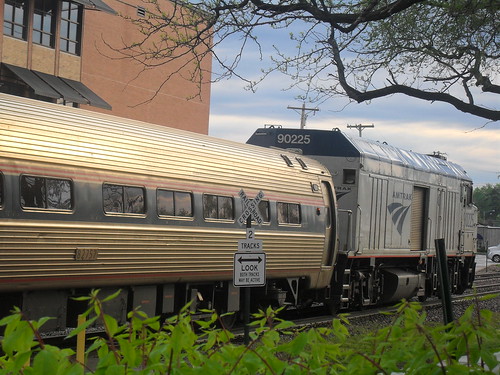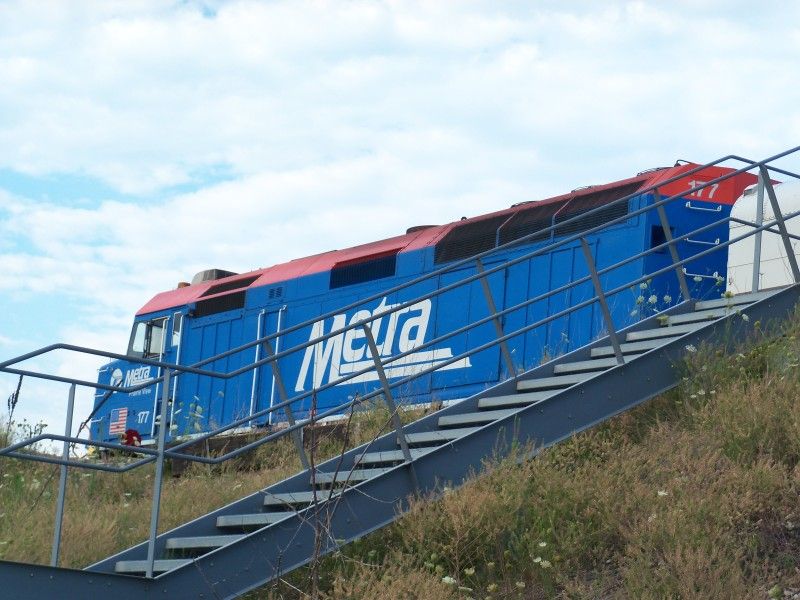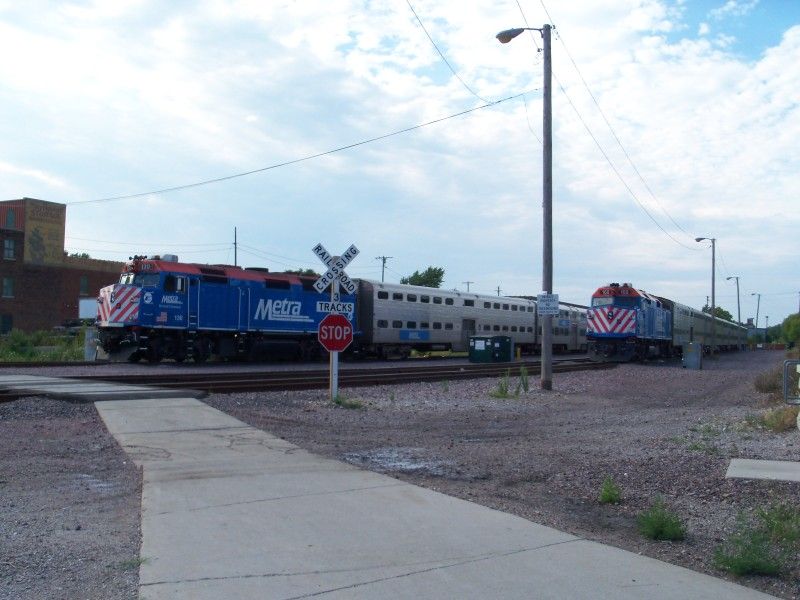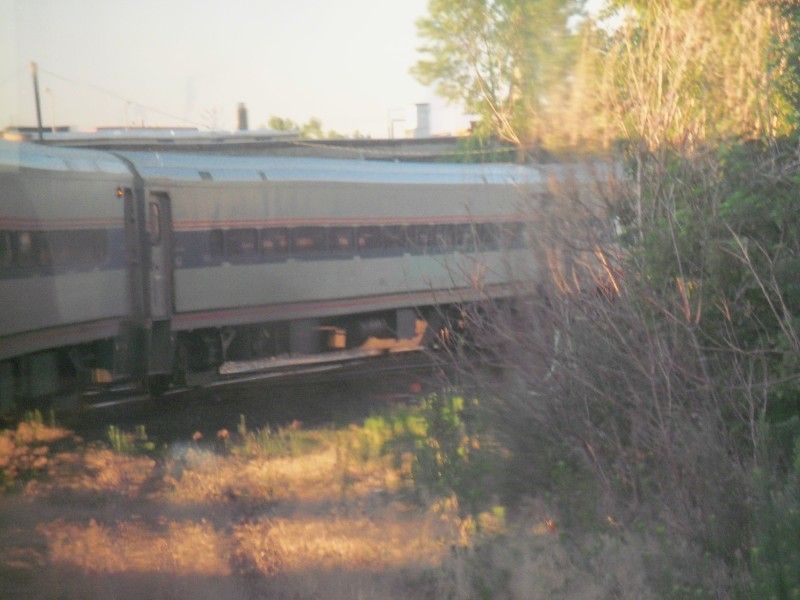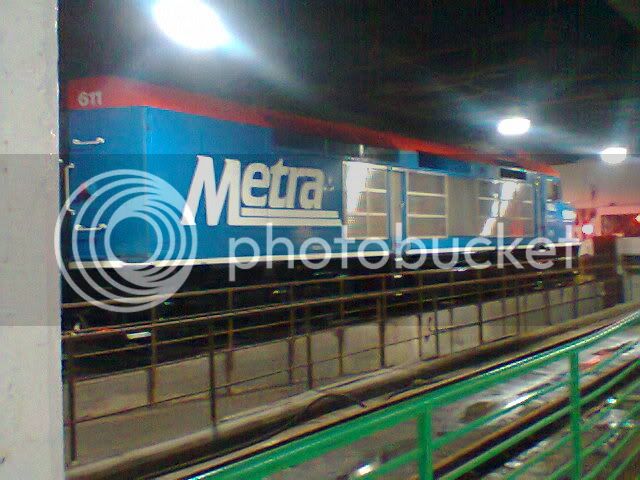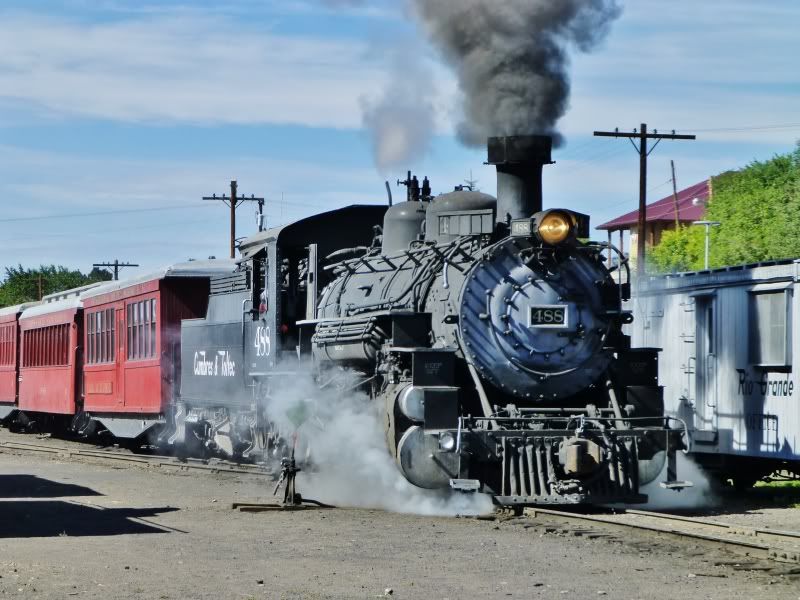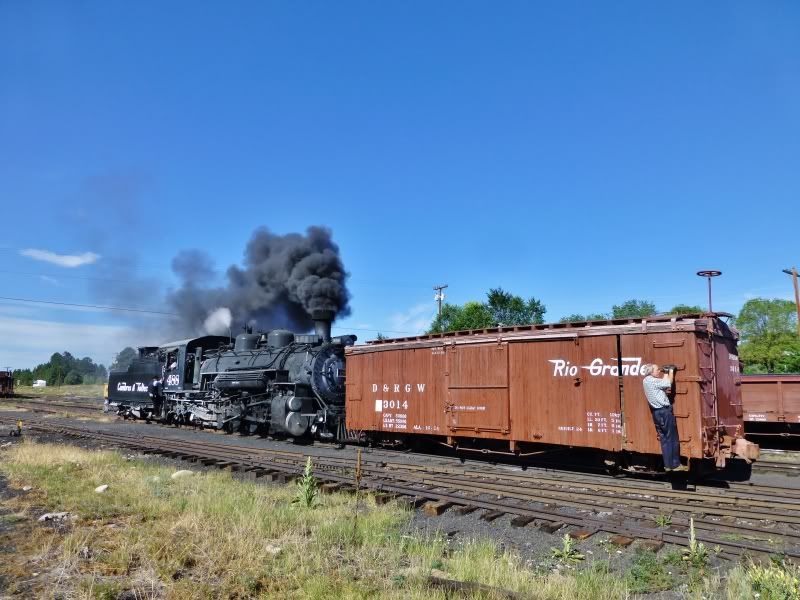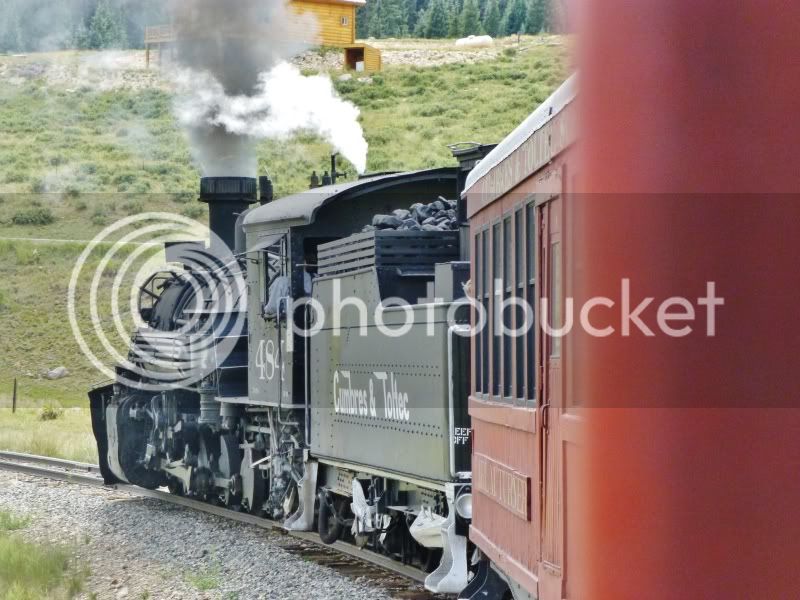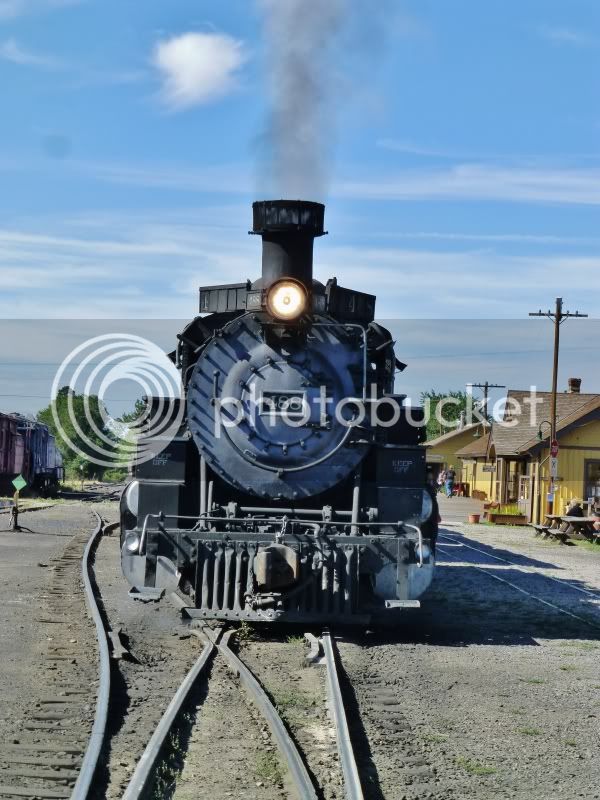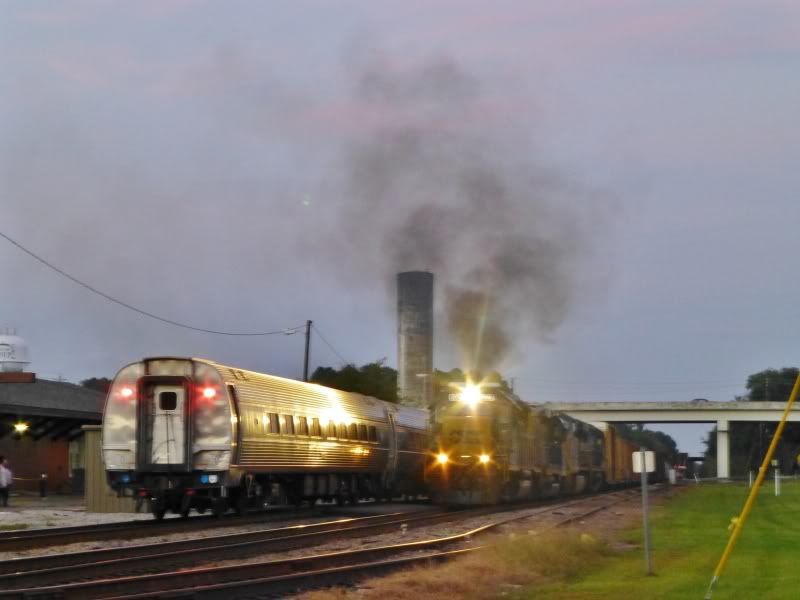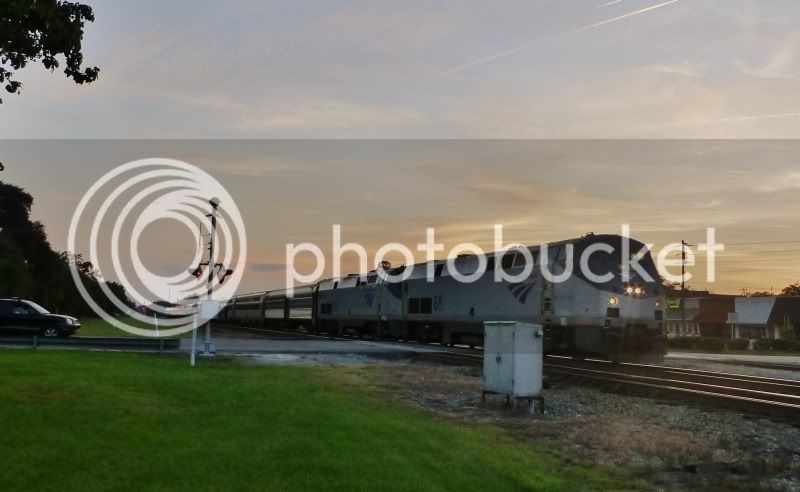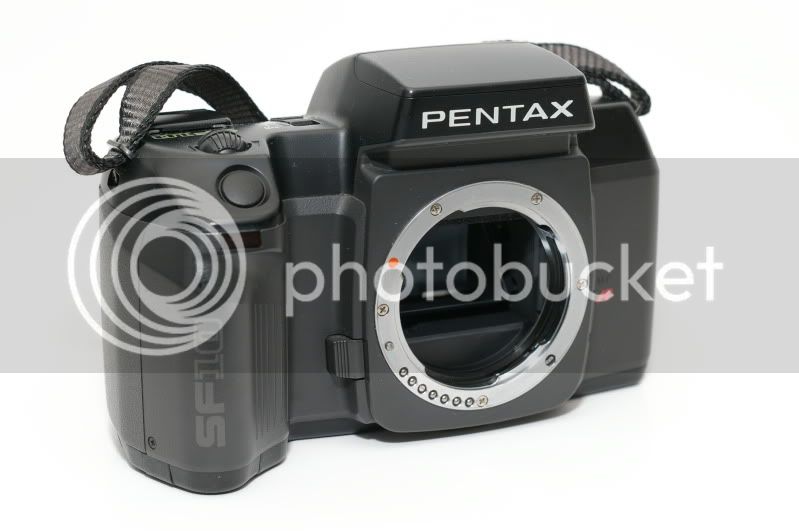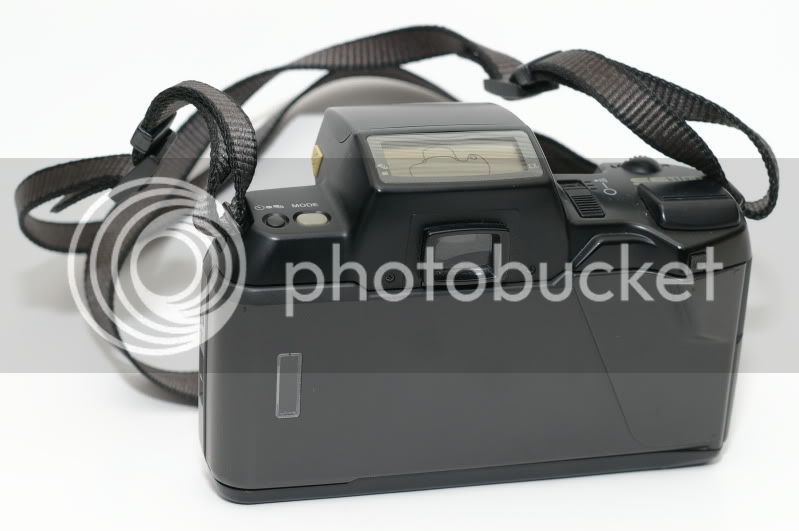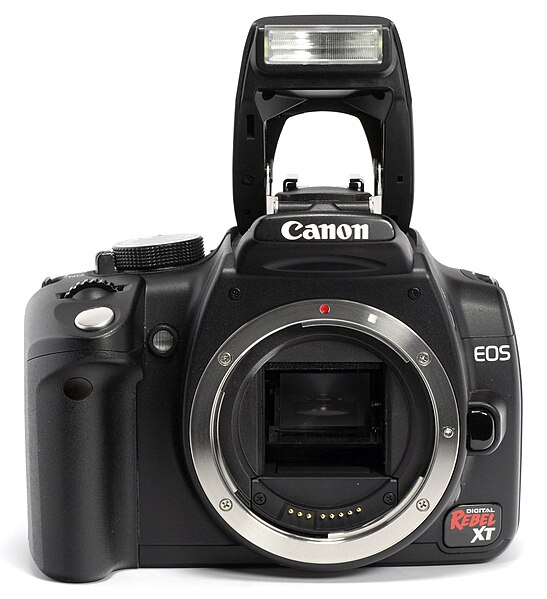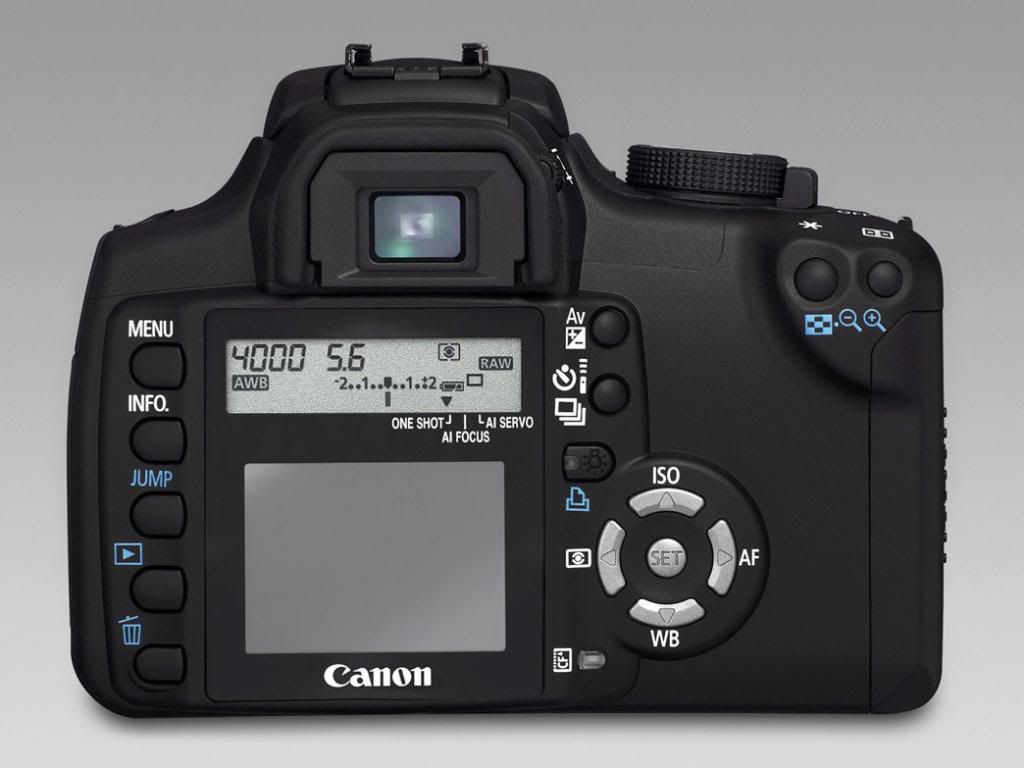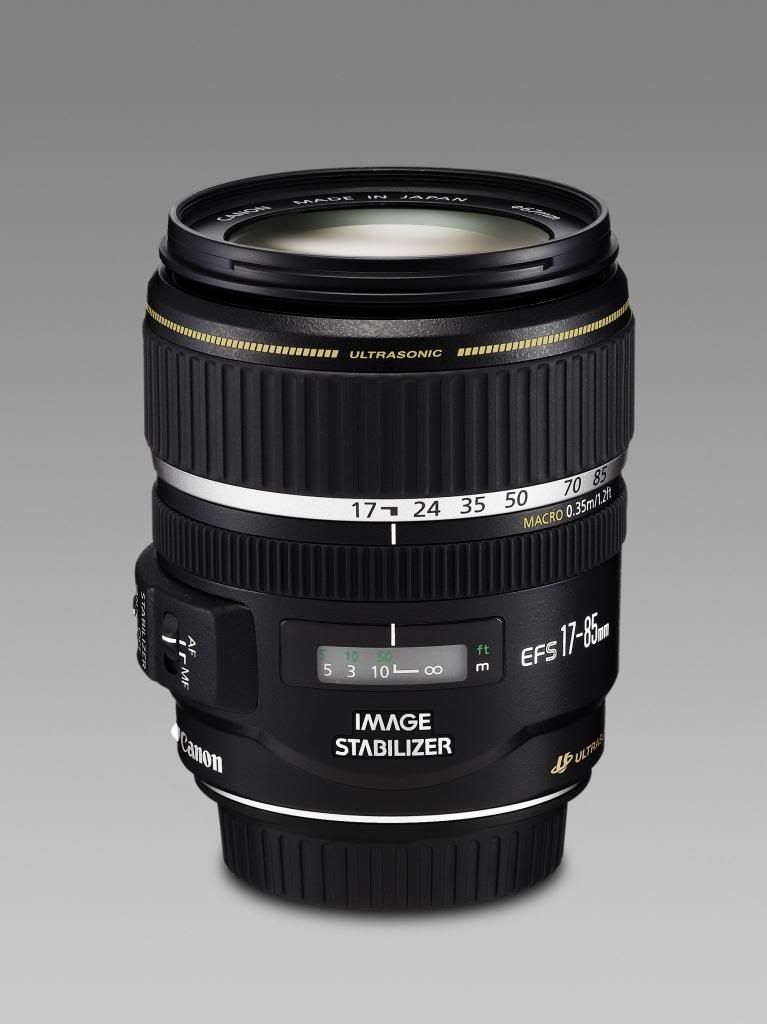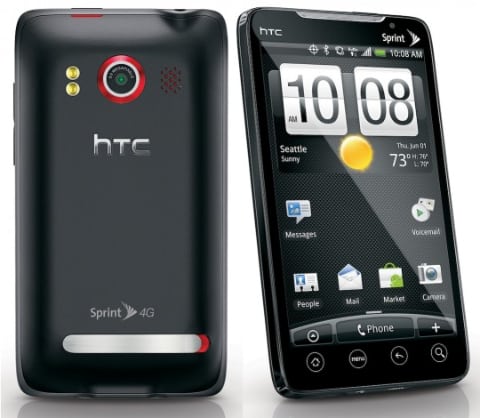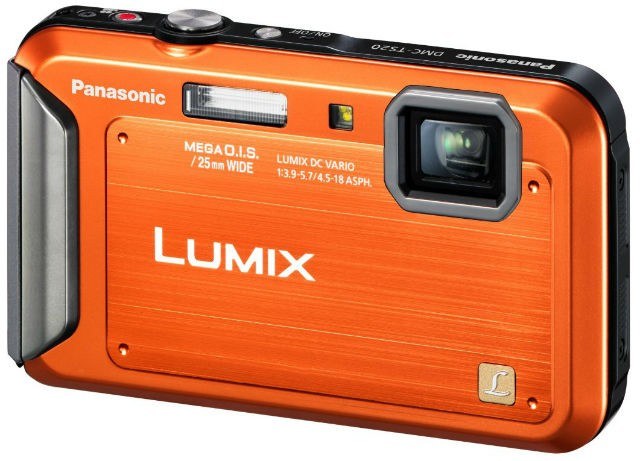Thread Expansion Alert!
Since starting this topic I've had great opportunities to get out and about with the Canon SX40 HS, becoming much more familiar with the camera along the way. Because it's not a DSLR or other type of interchangeable lens camera (it's a high-end point-and-shoot "superzoom" compact in the current lingo) I knew going in that it's limited from an optical standpoint.
But it does have a hot shoe for external flashes or other attachments, and it does have a bayonet mount, which opens things up a bit. So I got to wondering and reading about what options I might have for attachments, tools, gizmos, devices, and what have you that I might use in the endless quest (okay, desperate attempt) to improve my train photography.
Maybe others have things they use and do that they'd be willing to share here as well.
The bayonet mount is basically a pair of wide notched fittings on the front of the lens barrel that allows stuff to be stuck on the end. First thing I got to put on the bayonet mount was a lens hood, which helps cut down on flare - unwanted light - when I'm trying to shoot close to the sun's direction (not unusual when trying to photograph moving trains - or from aboard them for that matter). Thinking more about unwanted light, I started reading about polarizing filters. Now I've known about polarized lenses about as long as I've known about sunglasses. And I'd heard about 'em in photography but didn't know much (which hasn't really changed). I found that digital camera focusing and metering systems require circular - as opposed to linear - polarizing filters.
Once I decided to try a circular polarizing filter the issue became how to put it on the camera. No mounting threads like a DSLR, and no polarizing filters with bayonet mounts, so I had to find a bayonet-to-threads adapter. Recommendations and prices were all over the map. I went with Canon's recommended specs for the model (though other sized ones claimed to also fit), but not their high price for the part, and found a 3rd party 67mm filter adapter for pretty cheap, and an inexpensive circular polarizing filter to use on it. Polarizer prices were also all over the map but I went cheap, figuring that if I like the way it works I can shell out and step up.
Mounting was easy, and the polarizer works well in test shooting, which is all I've had a chance to do so far. Looking forward to getting trackside with my new toy soon! It really cuts haze and enhances color saturation, especially skies, just as advertised. Oh yeah: The adapter's gonna remain mounted so the polarizer can be a quick on/quick off deal. That meant a new lens cap to fit the adapter, and a new (better) lens hood as well. EDIT: The new lens hood is threaded to attach to the adapter, or to the polarizing filter if that is also mounted; old hood uses the bayonet mount.
On another front, one ongoing problem I seem to have is getting pictures level. Sometimes that's no big deal, but crooked can really wreck pics like, say, a landscape view of a whole train or a side-on, roster-type shot of a locomotive. Yeah, I know most editing software can rotate, but that's a pain in the patoot I'd rather head off with the camera before lopsided happens.
Team Whooz Executive Assistant Alice has been using a little bubble level device that screws into the tripod mounting hole on the bottom of her Sony compact (now in the process of being replaced by a new Fujifilm X10). It's worked well for her, but I didn't wanna be taking my eye off the electronic viewfinder and looking down at the level before pressing the shutter button every time. Critical moments lost and the train gets away, shot missed while checking for level.
Still, the crooked shot issue was bugging me so bad that I almost caved and got a level like Alice's. While looking around online for one, though, I ran across another option: a hotshoe-mounted level!
Once again, as seems to be the case with ALL photo accessories, prices were all over the map; a number of different desgns, too. And once again I cheaped out, using the same rationale as for the polarizing filter. Unlike the polarizer, though, I haven't had a chance to really use the level at all yet.
In the original post of this thread I mentioned that I'd picked up a Canon A1200 as a cheap-o cheap-o, everyday walking around kinda camera, and that it was working just fine for its intended use. To update that a bit, the little A1200 has performed above and beyond expectations, turning out some perfectly acceptable - even surprisingly good - nonrail scenery shots during Team Whooz forays. It got heavy use at the Grand Canyon, as well as Zion National Park, Arches National Park, Valley of Fire state park in Nevada, plus northern California, Washington state, and the Oregon coast. A real workhorse!
Canon A1200, off topic at Valley of Fire state park in Nevada on 5-24-12 while returning from South By Southwest Chief.
So does anybody else out there in Amtrak Unlimited Photoland wanna share their ideas, suggestions, tips, recommendations, or just plain old stories about photo accessories, gizmos, and all that? And of course it's never too late to go with the title of the thread and Show Us Your Camera!!
You can sort of see the bayonet mount if you look closely: low stretches around the top and bottom edge of the lens barrel, by the printing, and little centering notches on the sides. Attachments go on sideways, then twist into place.
Hotshoe-mount level. On the above camera the hotshoe is covered by a rubber cap on the electronic viewfinder housing.
Tripod-mount level similar to the one Alice uses.




